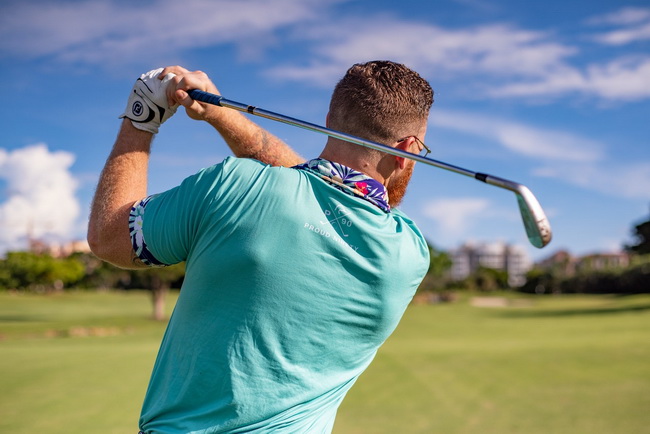You don’t want to go back shopping for a new driver a week after you bought one. We hope the tips outlined below will help you make sound decisions when choosing an anti-slice driver.
You probably hate it when you hit a massive slice that feels like it won't quit wiggling from left to right. Ideally, the golf course's reaction to a poorly sliced tee shot usually comes in two waves. In most cases, the first is stunned silence as you watch your ball slice off-target and out of view. Secondly, you realize you don't want to injure anyone or end up with a lawsuit on your back. Even though a new driver may not completely cure your slice, the correct driver will keep your shots straighter and on the fairway. Here's what you need to look for on your next purchase for an anti-slice driver.
1. Adjustable or not?
With only a wrench, golfers can now adjust the face angle, loft, and lie angle without a local club fitter's assistance. In some cases, you might be forced to buy a new club altogether. If you want the best golf driver for a slice, you must understand what is at stake. Ideally, golfers can alter the club dynamics to suit their desired ball flight. They can also pick a few additional yards of carrying. Most manufacturers insist an adjustable driver gives you plenty of advantages. In contrast, others disagree, citing a much more expensive tag, additional weighing, confusion, and other factors.
2. What about the length?
There's no standard length for a driver. Each manufacturer offers different types with varying sizes. In most cases, this is usually about 43.5" to 47" even though drivers continue to get steadily longer. Some have even reached a length of 48", though this is the maximum allowed. This is because, in most cases, the longer the shaft, the faster the head will travel. But, you should understand this only if it's hit off-center as it may even reduce distance. Additionally, if the shaft is long, it becomes more challenging to control and hit the ball squarely. So, the trick lies in choosing the longest driver possible so that you can shoot accurately and consistently.
3. Performance and grip
Technically, these two factors go hand-in-hand. A firmer grip is paramount to achieve extraordinary and accurate swings. High durable rubber affords golfers with the best grip for the correct swing and hit articulation. You can choose black and gold colors for your rubber grips. Overall, they add an excellent look to your driver.
Additionally, peak performance is a critical feature every golfer should consider when looking for a new golfing club. Go for something versatile. This ensures you have a high trajectory speed that results in more extended distance coverage.
4. Loft
This is the amount that the face of the club slopes back. A driver loft ranges from 8.5° to 15° and should match your swing speed. Remember, the slower your swing, the more loft you should have. If your swing speed is between 80-90 mph (the average rate for many male golfers), you should be going for a driver with about 10.5°-12° of the loft. If you're a recreational golfer, you can combine this with new two-piece balls that spin at a lower rate. This means your launch angle and spin rate will be optimized.
5. Which way: Standard or tour driver?
You might come across "tour" drivers on a golf course. However, these clubs are tailored for pros or amateurs with distinct ball-striking abilities. These are individuals who can effectively shape their shots using clubs that are slightly open or closed. They're also equipped with shafts that help keep the ball lower. If you're an average golfer, you'll be better served using standard drivers with large sweet spots for more forgiveness. They can also include more closed faces and shafts that help get the ball airborne. You might be tempted to use a touring club, but unless you're an experienced golfer, the results won't be.

Photo by Magda Ehlers from Pexels
6. Material
Drivers can be made of stainless steel, forged titanium, or an alloy. If you're someone who hits the course or driving range only, you can get a top-quality driver at a fair price. In the case of a titanium driver, it combines lightweight and exceptional strength and is much more expensive. This one is ideal for golfers who play more consistently. A stainless steel driver will add more weight to your swing. This gives you more control over the descent. Typically, the most common size for drivers is 460cc and the maximum allowed.
Since you now understand all the factors that go into picking a driver, buying one should be easy. Remember, this is a big investment decision you're making, so do it wisely. You don't want to go back shopping for a new driver a week after you bought one. We hope the tips outlined above will help you make sound decisions when choosing an anti-slice driver.
Photo by Steve Momot from Pexels






































































































































































